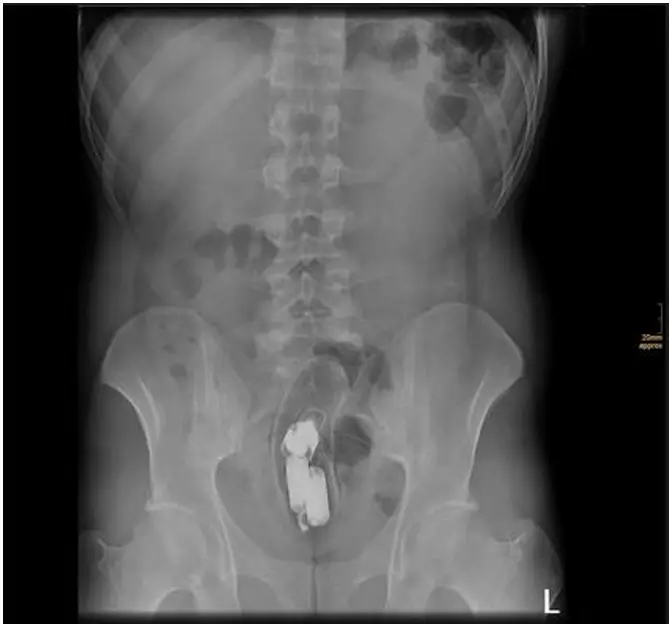Acute pancreatitis is a potentially life-threatening condition that requires prompt and accurate assessment to determine its severity and guide treatment. Among the various scoring systems available, the Ranson Criteria and its modified version, the Modified Ranson Criteria, remain widely used tools for predicting the severity and mortality of acute pancreatitis. This article provides a detailed comparison of the two criteria, their clinical applications, limitations, and other important considerations for general surgeons.
Introduction to Ranson Criteria
The Ranson Criteria is one of the earliest and most established scoring systems for assessing the severity of acute pancreatitis. Developed by Dr. John Ranson in 1974, it uses 11 parameters to predict outcomes in patients with acute pancreatitis. These parameters are divided into two groups: 5 assessed at admission and 6 assessed 48 hours post-admission. The criteria were initially designed for alcoholic pancreatitis and have since been adapted for other etiologies, including gallstone pancreatitis, through the Modified Ranson Criteria.
Ranson Criteria for Acute Pancreatitis (Alcoholic Pancreatitis)
The Ranson criteria assess five parameters at admission and six parameters at 48 hours post-admission. A point is assigned for each abnormal parameter.
Parameters at Admission
- Age >55 years
- White blood cell (WBC) count >16,000 cells/cm³
- Blood glucose >200 mg/dL (11 mmol/L)
- Serum aspartate transaminase (AST) >250 IU/L
- Serum lactate dehydrogenase (LDH) >350 IU/L
Parameters at 48 Hours
- Serum calcium <8.0 mg/dL (<2.0 mmol/L)
- Hematocrit drop >10%
- Partial arterial oxygen pressure (PaO2) <60 mmHg
- Blood urea nitrogen (BUN) increase by ≥5 mg/dL (≥1.8 mmol/L) despite IV fluid resuscitation
- Base deficit >4 mEq/L
- Fluid sequestration >6 L
Modified Ranson Criteria (Gallstone Pancreatitis)
The modified version is used for gallstone pancreatitis and includes 10 parameters.
Parameters at Admission
- Age >70 years
- WBC count >18,000 cells/cm³
- Blood glucose >220 mg/dL (>12.2 mmol/L)
- Serum AST >250 IU/L
- Serum LDH >400 IU/L
Parameters at 48 Hours
- Serum calcium <8.0 mg/dL (<2.0 mmol/L)
- Hematocrit drop >10%
- BUN increase by ≥2 mg/dL (≥0.7 mmol/L) despite IV fluids
- Base deficit >5 mEq/L
- Fluid sequestration >4 L
Score Interpretation and Prognosis
The total score correlates with the severity and mortality risk of acute pancreatitis:
- 0 to 2 points: 0%-3% mortality risk
- 3 to 4 points: 15% mortality risk
- 5 to 6 points: 40% mortality risk
- 7 to 11 points: Nearly 100% mortality risk
Key Differences Between Ranson and Modified Ranson Criteria
The primary difference between the two criteria lies in their application and the specific parameters used. Below is a detailed comparison in tabular form:
| Parameter | Ranson Criteria (Alcoholic Pancreatitis) | Modified Ranson Criteria (Gallstone Pancreatitis) |
|---|---|---|
| Age | >55 years | >70 years |
| WBC Count | >16,000 cells/cm³ | >18,000 cells/cm³ |
| Blood Glucose | >200 mg/dL (11 mmol/L) | >220 mg/dL (12.2 mmol/L) |
| Serum AST | >250 IU/L | >250 IU/L |
| Serum LDH | >350 IU/L | >400 IU/L |
| Serum Calcium (48 hours) | <8.0 mg/dL (<2.0 mmol/L) | <8.0 mg/dL (<2.0 mmol/L) |
| Hematocrit Fall (48 hours) | >10% | >10% |
| PaO₂ (48 hours) | <60 mmHg | Not applicable |
| BUN Increase (48 hours) | ≥5 mg/dL (≥1.8 mmol/L) | ≥2 mg/dL (≥0.7 mmol/L) |
| Base Deficit (48 hours) | >4 mEq/L | >5 mEq/L |
| Fluid Sequestration (48 hours) | >6 L | >4 L |
| Maximum Score | 11 | 10 |
Limitations of Ranson Criteria
- Delayed Evaluation: Requires 48 hours for full assessment, limiting its use in emergency settings.
- Limited Sensitivity and Specificity: Other scoring systems, such as APACHE-II and BISAP, provide superior sensitivity or specificity.
- Age Limitations: Ranson’s study focused on adults (30-75 years), making it unsuitable for pediatric or adolescent patients.
- Environmental Variations: Studies show that altitude can affect Ranson score accuracy, leading to potential false warnings.
Other Important Considerations
- Role of Imaging:
- CT scans are not routinely needed for mild pancreatitis but are essential for severe cases to detect complications like necrosis or abscesses.
- Laboratory Markers:
- Elevated BUN, CRP, and interleukin-6 levels are useful adjuncts for assessing severity.
- Interprofessional Approach:
- Management of acute pancreatitis requires collaboration between gastroenterologists, surgeons, radiologists, and ICU nurses.
- Emerging Biomarkers:
- Biomarkers like trypsinogen activation peptide and phospholipase A2 show promise but are not yet widely adopted.
Conclusion
The Ranson Criteria and Modified Ranson Criteria remain valuable tools for assessing the severity of acute pancreatitis, particularly in alcoholic and gallstone pancreatitis, respectively. However, their limitations highlight the need for integrating clinical judgment and other scoring systems like APACHE-II and BISAP. As general surgeons, understanding these criteria and their nuances is essential for optimizing patient outcomes in acute pancreatitis.
